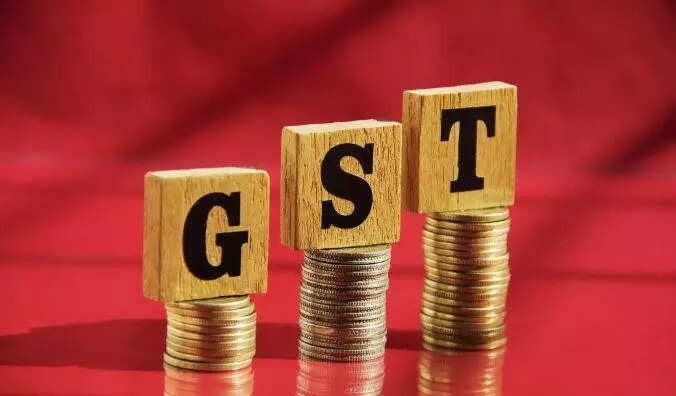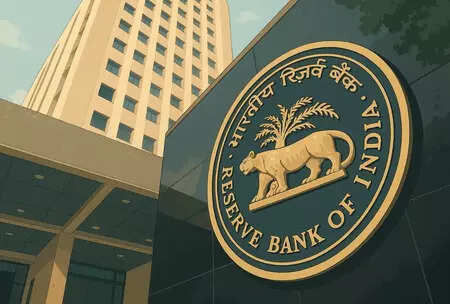PM Modi’s GST revamp aims to simplify the tax regime and boost consumption, potentially offsetting short-term revenue impacts. While some states initially opposed major changes fearing losses, the Centre anticipates higher collections through increased economic activity, expecting a Laffer curve effect. The finance ministry is pushing for a GST Council meeting in Sept-Oct to implement the new rates before Diwali.
A Simpler GST Could Unleash a Spending Spree in India
The Goods and Services Tax (GST), that ambitious unified tax system, has been a topic of constant discussion (and sometimes, consternation) since its implementation. While it’s streamlined the tax landscape considerably, wrinkles remain. The central government, however, believes that a revamp currently under consideration could be the key to unlocking even greater economic potential. The goal? To juice consumption and supercharge compliance, making the Indian economy even more vibrant.
The current GST structure, with its multiple rates and complex procedures, has often been criticized for its opacity. Businesses, particularly smaller ones, have struggled to navigate the intricacies, leading to unintentional errors and, in some cases, outright avoidance. Recognizing these pain points, the government is actively exploring ways to simplify the system, aiming for a smoother, more user-friendly experience for everyone involved. But how would simplification truly translate into benefits for the average Indian consumer and business owner?
Streamlining GST: The Path to Higher Spending?
Imagine a scenario where filing GST returns is no longer a daunting task. Picture a system so straightforward that even the smallest shopkeeper can easily understand and comply with its regulations. This ease of use, officials hope, will directly contribute to increased compliance. When businesses find it easier to fulfill their tax obligations, they’re less likely to engage in tax evasion. This boosted revenue collection can then be channeled back into infrastructure development, social programs, and other initiatives that further stimulate economic growth.
Moreover, a simplified GST is expected to positively impact consumer spending. If businesses face lower compliance costs, they’re more likely to pass those savings on to consumers through reduced prices. This, in turn, makes goods and services more affordable, encouraging people to spend more. The domino effect continues, boosting demand and driving further economic activity. A rise in consumer spending is a key indicator of a healthy economy and is a target outcome of any GST simplification. This could manifest in everything from increased sales of consumer electronics to a boom in the tourism sector, benefiting businesses of all sizes.

Beyond Consumption: Better Compliance, Better Governance
The benefits of a revamped GST extend beyond just increased consumption. A simpler system inherently promotes greater transparency and accountability. When rules are clear and easy to understand, it becomes harder for businesses to manipulate the system or engage in fraudulent practices. This leads to a more level playing field, where honest businesses can thrive without being disadvantaged by those who cut corners.
Furthermore, improved compliance allows the government to allocate resources more efficiently. With fewer instances of tax evasion, the tax authorities can focus on more strategic initiatives, such as identifying and addressing systemic issues within the tax system. This, in turn, leads to even greater efficiency and effectiveness in revenue collection.
What Changes Are on the Horizon?
While the specifics of the proposed GST revamp are still under wraps, indications suggest a focus on reducing the number of tax slabs, simplifying return filing procedures, and enhancing the use of technology to improve compliance. There’s talk of streamlining the input tax credit mechanism, a particularly complex area that has been a source of confusion for many businesses. Exploring a unified rate may also be on the table, drastically reducing the complexity of the current system.
The government is engaging with various stakeholders, including businesses, tax professionals, and industry experts, to gather feedback and ensure that the changes are effective and practical. This collaborative approach is crucial to ensuring that the revamped GST truly meets the needs of all stakeholders. For related insights into tax benefits and investments, consider exploring our guide to maximizing your financial planning here.
A Brighter Economic Future?
The potential benefits of a simplified GST are undeniable. By reducing complexity, promoting compliance, and boosting consumption, the revamp could unlock significant economic growth and create a more vibrant and equitable business environment. The journey toward a simpler GST is ongoing, but the destination—a more prosperous India—is certainly worth the effort. The next steps in GST council meetings will reveal more about the planned changes.







